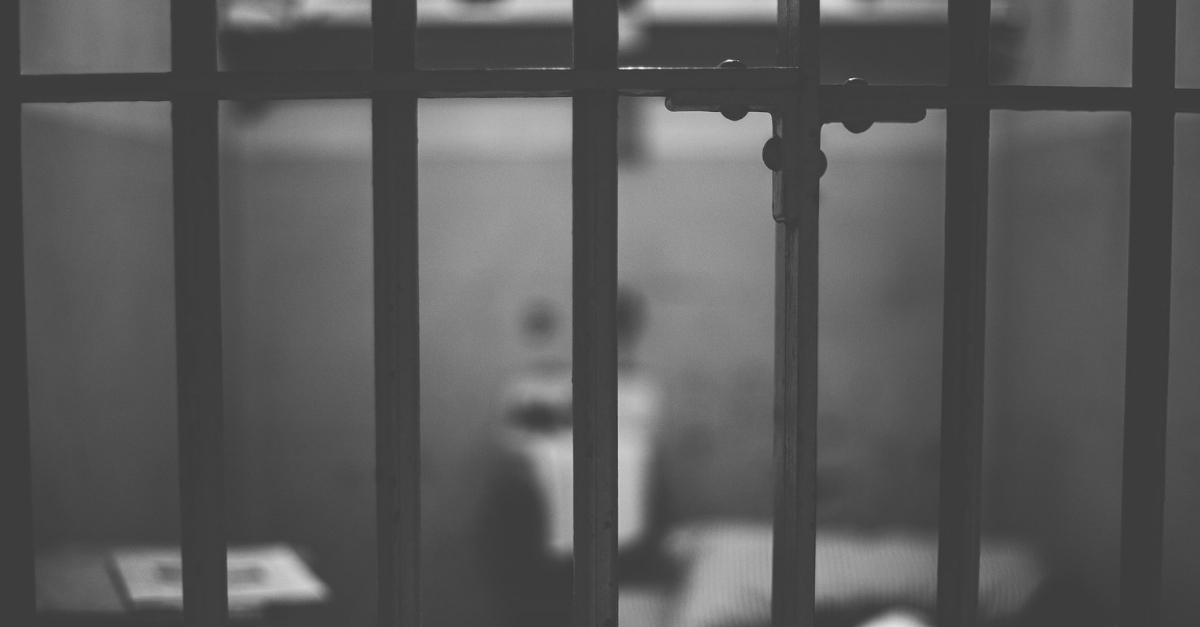Q&A: Why Is Prison Violence So Bad in Brazil?
By Robert Muggah, Carolina Tabuada and Dandara Tinoco
Published on Americas Quarterly
RIO DE JANEIRO – Brazil has struggled to contain prison violence for decades. A riot at the Altamira prison in Pará state on July 29, which left at least 62 inmates dead, revealed just how much work still needs to be done.
Fixing Brazil’s dysfunctional prison system is a complex challenge, tied to the social fabric of the country itself. Yet both short- and long-term solutions do exist. Here’s a look at the root causes of Brazil’s prison violence, how the current government is approaching the problem, and what can be done to turn the tide.
What is driving prison violence in Brazil?
Brazil has the third largest prison population on the planet after the U.S. and China. According to the National Justice Council (CNJ), it registers as many as 812,000 incarcerated people in state prisons, while there is officially space for fewer than 418,000. The prison population is also growing fast – about a three-fold increase since 2000. There are multiple reasons why Brazil is home to the most violent prisons in the world. One of them is that its corrections facilities are severely overcrowded and subject inmates to inhumane conditions.




